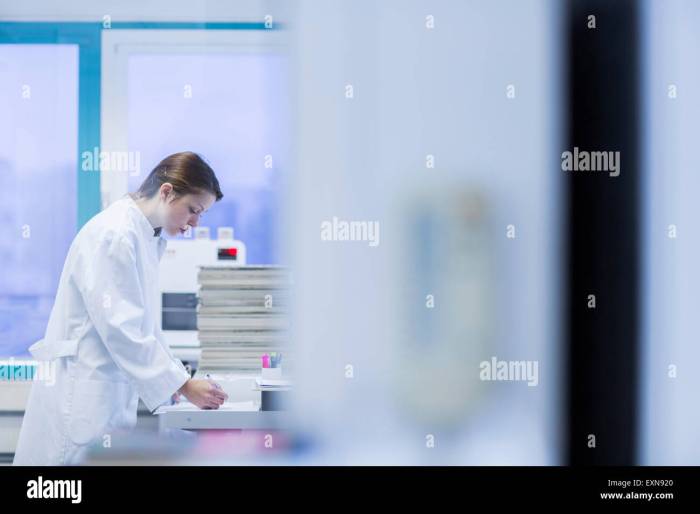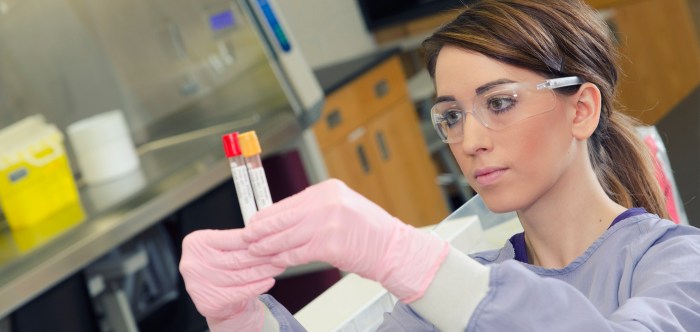A medical assistant is reviewing laboratory requisitions, a task of utmost importance in patient care. This comprehensive guide delves into the intricacies of this process, providing a thorough understanding of the responsibilities, procedures, and best practices involved.
This multifaceted role encompasses a wide range of duties, including verifying the completeness and accuracy of requisitions, identifying discrepancies, and communicating results to both patients and healthcare providers. By ensuring the integrity of laboratory testing, medical assistants play a pivotal role in delivering accurate diagnoses and optimal patient outcomes.
1. Overview of Medical Assistant Role
Medical assistants play a crucial role in the healthcare setting, providing administrative and clinical support to healthcare providers. One of their key responsibilities is reviewing laboratory requisitions, which are essential for accurate patient diagnosis and treatment.
2. Understanding Laboratory Requisitions

Types of Laboratory Requisitions, A medical assistant is reviewing laboratory requisitions
- Routine tests: Used for general health screening and monitoring.
- Stat tests: Ordered for urgent situations, requiring immediate results.
- Reference tests: Used to compare patient results to established reference ranges.
- Confirmatory tests: Performed to confirm or rule out a diagnosis.
Common Laboratory Tests
Common laboratory tests include blood tests, urine analysis, and imaging studies. Each test has specific indications, such as:
- Complete blood count (CBC): To assess red and white blood cell levels.
- Urinalysis: To detect abnormalities in urine, such as infections or kidney disease.
- X-ray: To visualize bones and organs.
3. Review Process for Laboratory Requisitions

Steps Involved
- Check for completeness: Ensure all required information is present, including patient demographics, test details, and specimen requirements.
- Verify accuracy: Confirm that the tests ordered are appropriate for the patient’s condition and that the specimen collection instructions are clear.
- Identify discrepancies: Look for any errors or inconsistencies, such as incorrect patient information or missing test codes.
- Resolve issues: Communicate any discrepancies to the ordering provider and work together to resolve them.
- Provide clear and concise explanations of results.
- Address patient concerns and questions.
- Relay results to providers and assist with any follow-up actions.
- Handle laboratory results discreetly.
- Comply with HIPAA regulations.
- Use secure communication channels.
4. Communication and Coordination

Patient and Provider Communication
Medical assistants play a key role in communicating laboratory results to patients and providers. They must:
Confidentiality and Patient Information
Medical assistants must maintain patient confidentiality and protect sensitive health information. They must:
User Queries: A Medical Assistant Is Reviewing Laboratory Requisitions
What is the primary responsibility of a medical assistant in reviewing laboratory requisitions?
To ensure the completeness, accuracy, and timely processing of laboratory requisitions.
What are some common errors or discrepancies that medical assistants should look for when reviewing requisitions?
Missing or incomplete patient information, incorrect test codes, and inadequate specimen collection.
How can technology enhance the efficiency and accuracy of laboratory requisition review?
Electronic health records (EHRs) streamline the process, reduce errors, and facilitate communication.